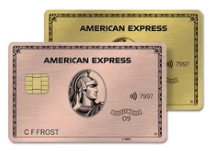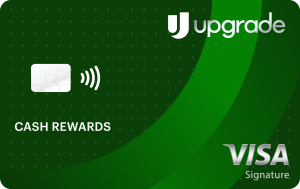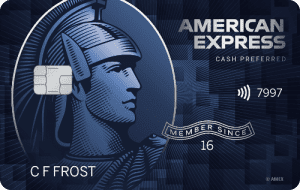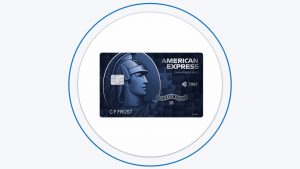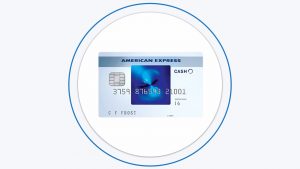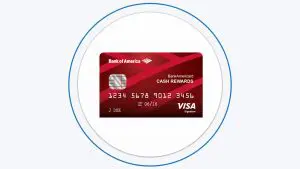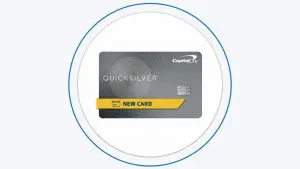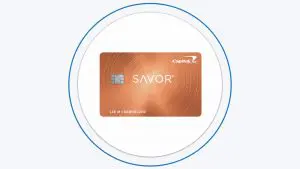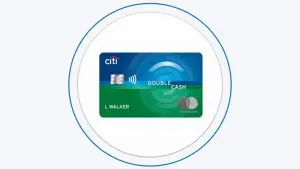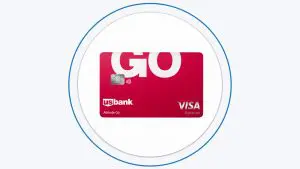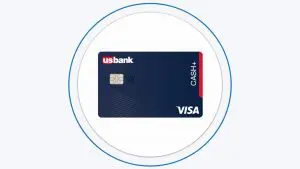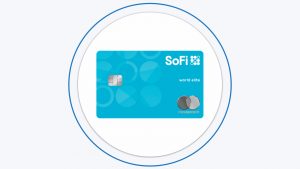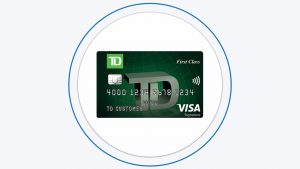Table Of Content
Even though credit and credit history are important in American society, most people aren’t aware of how to manage them. Let’s now take a look at some of the things to stay away from regarding credit cards.
Mistake 1: Paying Interest on Credit Card Debt
In this chart using data from Urban Institute, you can see that the age group 43 to 47 carries the highest average credit card debt. This age group has almost double the credit card debt of their under 32 year old counterparts or seniors aged 68+.
Even though credit card debt isn’t your only debt, it’s the most common for most people. Moreover, when you have to take care of bigger debts, credit card debt may seem the least of your worries.
An important thing to note is that credit cards have higher interest rates than other forms of debt. The longer you wait to pay off this debt, the more interest you accrue.
Most banks anticipate that you will rack up credit card debt so you can pay a significant amount in interest. They lure people in through 0% APR introduction periods. Avoid paying interest on credit cards at all costs.
It is an expense that gives you nothing in return. With getting a student loan, you at least have the opportunity to obtain a degree. The way interest works on credit cards is that you pay to finance what you spend.
Avoiding paying interest is no different than avoiding late payments. The only thing to keep in mind is that you have to pay your balance off in full in order to avoid interest. In other words, pay your balance off in full before the due date to have the advantage.
A good way to ensure you pay your balance in full is to pay it off every time you receive a paycheck. Making payments in accordance with when you receive payments empowers you to keep your balance low.
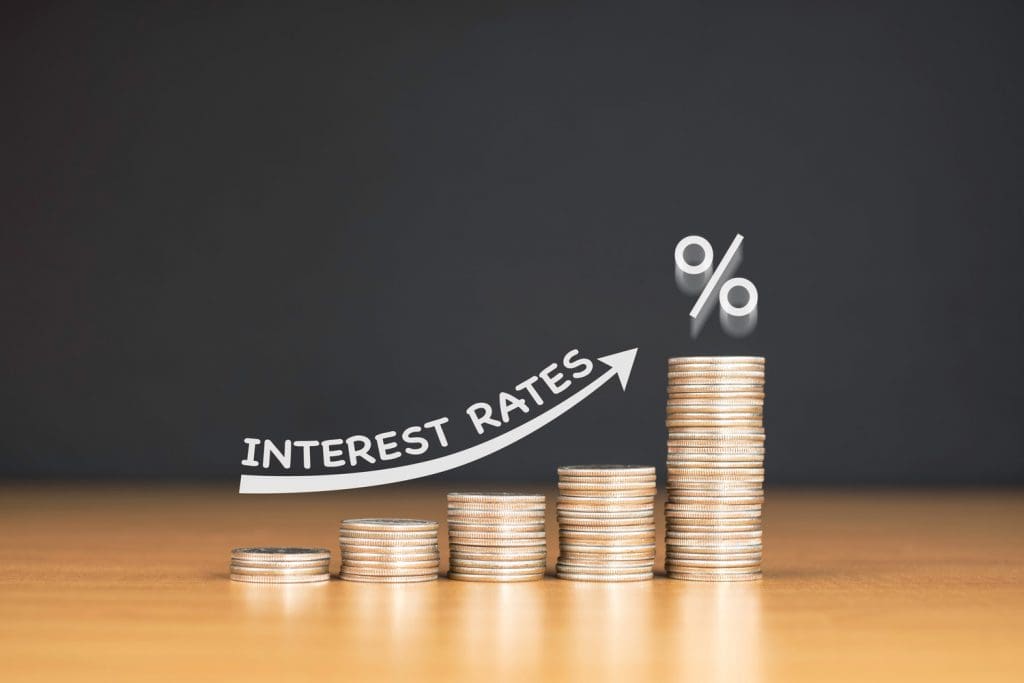
When Should I Pay Off Credit Cards To Build Credit?
Each time you make a payment on your credit cards, it is reported to the credit bureaus. This provides a positive mark that helps to build your credit score. So, make sure you make your monthly repayments on time every month.
However, another aspect of paying off your credit cards that can help build your credit is your credit utilization ratio. This is the percentage of debt compared to your credit limits. So, if you have total credit limits of $1,000 and balances totaling $300, your credit utilization ratio is 30%. This is an essential factor for lending decisions.
Mistake 2: Maxing Out Your Credit Card Limits
Each time you make a payment on your credit cards, it is reported to the credit bureaus. This provides a positive mark that helps to build your credit score. So, make sure you make your monthly repayments on time every month.
However, another aspect of paying off your credit cards that can help build your credit is your credit utilization ratio. This is the percentage of debt compared to your credit limits. So, if you have total credit limits of $1,000 and balances totaling $300, your credit utilization ratio is 30%. This is an essential factor for lending decisions.
This chart created with Experian data shows that those with an average to good credit score have an average credit utilization ratio of the optimum 33%. This ratio drops significantly for those with very good and excellent scores.
At the other end of the scale, the chart shows that those with poor credit scores typically have a very high credit utilization ratio, with an average of 73%. This will be a massive factor in lending decisions for those in this group.
Maxing out your credit cards is dangerous in many ways. Moreover, it solidifies the fact that the more you charge, the more difficult it is to pay off the balance. If you nearly max out your credit card, you don’t have enough support to use it in case you have an expense you didn’t plan for.
In addition, if you max out your credit card, your credit utilization ratio increases as well. Your credit utilization is the speed that you accrue your credit card debt. This damages your credit score. Lenders typically say that a utilization ratio above 30% is risky. For instance, if you max out all of your credit cards, you are more than likely over the 30% threshold.
What Happens If You Cannot Pay Your Credit Card?
If you cannot pay your credit card, missed or late payments will be recorded on your credit report, lowering your credit score. You may also incur late fees, additional interest charges, and other costs. So, if you are experiencing financial difficulties, you may need to speak to your card provider rather than consider solutions such as paying your debt with another credit card.
The company may negotiate terms to help you to manage your obligations without excessive detrimental effects on your credit file. This could include measures such as freezing the interest payments or, in some cases, negotiating a settlement.
Mistake 3: Not Setting a Budget
If you don’t monitor your finances, you won’t know whether not you are accruing more debt than you can handle. Do you have the desire to establish an emergency fund, save up for a purchase, or get out of debt?
If so, it’s very important to track where your finances are going. One way to keep consistent is to write down goals. Below are some ways to do this:
- Use an instrument to track your spending patterns to be more aware of your spending. Use an app, notebook, or an excel spreadsheet to keep a record of your spending.
- Whenever you receive cash, deposit the funds into your bank account.
- Pay your bills as soon as you receive them.
- Have only one credit card as you learn how to build credit.
If you follow these rules, you position yourself to pay off your debt easily.
Mistake 4: Applying And Using Too Many Cards
According to Experian Data, the average, Americans hold an average of 3.84 credit card:
Credit card companies have the talent of pumping up their rewards program. Getting hotel deals, discounts, free travel, shopping, rental car deals, and cash back rewards all sounds appealing while signing up.
Keep in mind that having multiple credit cards makes it difficult for you to keep track of how much you spend.
Another thing to note is that credit card companies also persuade people to spend by telling them to spend a certain amount within 90 days in order to get better rewards. On the surface, this seems like a good deal, but if you only pay off a small portion, don’t waste your time.
Mistake 5: Bungling Balance Transfers
Moving debt from a card that is high interest to one that has a low introductory rate is a smart move only if you read the fine print. If you are ignorant about how balance transfers work, it can do you more harm than good.
The first thing to consider is how long the introductory period lasts. Moreover, you now have to ask yourself whether or not you can pay off the balance before the APR increases. If you don’t consider these two steps, more than likely you will pay an even higher interest rate.
The next thing you want to research is whether or not the credit card company requires a transfer fee. You will seldom find a credit card company that offer transfers for free. You can also negotiate your transfer fee with your credit card company. If there is a fee (that’s uncapped), it usually ranges between 2% and 6% of the amount you are transferring.
Example: How To Know If I Should Transfer?
Nevertheless, transferring your balance can still be a good thing, even if there is a fee.
Consider if you transfer $5,000 from a credit card charging 14% interest to a card with a 0% APR for 12 months and a 4% fee. $200 is the balance you have to pay to transfer your balance. On the contrary, if you pay a fixed rate of $120 per month on your previous card, it will cost you about $650 in interest over the same 12 months.
Moreover, transferring your balance has the potential to be a wise choice, even though a fee may be involved. Consider if you transfer $10,000 from a credit card charging 10% interest to a card with a 0% APR for 12 months and a 5% fee.
$500 is the balance you have to pay to transfer your balance. On the contrary, if you pay a fixed rate of $83 per month on your previous card, it will cost you about $1,000 in interest over the same 12 months.
Pros | Cons |
|---|---|
Saving money on interest payments | Balance transfer fees |
Reducing DTI | End of Promotional Period |
Opportunity to Consolidate Debts |
Mistake 6: Not Understanding How APR Works
The information that entails credit cards is more complex than what you are taught in most colleges. This is a subject many college student don't understand.
Here's a brief tutorial:
Interest will accrue if you don't pay off your credit card balance in full by the due date. On the contrary, an interest amount isn't applied if you do pay your balance in full before the due date.
Most credit card companies offer a grace period on new things you purchase. Furthermore, the grace period is between your payment due date and the end of your billing cycle. Most credit card companies won't apply interest on purchases during the grace period if your balance is paid in full and you don't have outstanding cash advances.
Another thing to consider is if you pay only the minimum every month, you potentially are welcoming debt to your doorsteps.
It's important to know these details on your card:
- Your balance
- The payment due date
- The purchase and penalty APR
- Your introductory APR end date (if applicable)
Mistake 7: Ignoring Monthly Statements
This is by far the easiest problem to avoid. When you receive your credit card statement for the month, review it. Mistakes are a part of being human; this is why it's important to see whether or not you have any abnormal charges. If there is an unusual charge, this could be a sign of identity theft. In this case, you need to let your lender know on the spot.
Looking over your monthly statement gives clarification about the duration of how long it will take you to pay the balance in full. As stated before, the minimum balance is the amount you have to pay for three years to see your balance at 0. This is why it's important to pay more than just minimum balance.
Moreover, take a look at the amount of interest (that various) on your purchases, cash advances, etc. Compare changes from the previous month. Credit card companies must give you a 45-day notice before increasing the interest rate. Another thing to note is that there's no harm in double-checking the due date on your bill to avoid late fees.
Mistake 8: Missed Rewards
If you commit to paying off your balance in full, you are a great candidate for rewards cards. Some of the best credit cards will pay you up to 5% in cash back on eligible purchases or travel rewards that can be worth a lot. If you are going to use a credit card, you might as well benefit from it.
If you travel a lot, you can get a more out of a travel cash-back credit card than others. Premium travel reward cards such as Chase Sapphire Preferred and the Amex Platinum card gives you the ability to earn in the form of points to use for travel, or even transfer your points to your airline of choice or hotel partner to receive free and discounted bookings.
Mistake 9: DDon'tThink Before Canceling
In most cases, you can close a credit card account at any time by calling or going online with your credit card company. According to the Consumer Financial Protection Bureau, you must pay off any outstanding balance before your account is terminated. Your card issuer is also permitted to impose interest on what you owe, according to the agency.
However, cancelling the account may have other consequences for your credit. For starters, it may have an impact on the duration of your credit history. And do you recall the sixth blunder, which was the use of credit?
If you have numerous credit cards, shutting one could result in you using a higher percentage of your available credit. So, before cancelling an account, it's an excellent idea to consider all possible consequences.
Top Offers From Our Partners
Top Offers From Our Partners
Top Offers From Our Partners
Credit Cards Mistakes - FAQ
How to get a credit card for the first time?
If you are applying for your first credit card, you will need to carefully assess your options. If you already have a good credit score from paying bills on time or maintaining student or auto loans, you should not have any issues. You can simply choose a card that suits your credit history and complete an application.
If you don’t have any credit history, it will be a little trickier. You will need to look for a starter credit card that does not require a credit score. There are secured or student cards that fit this niche. These cards may not offer the best rates and rewards, but they can help you to build your credit history, so you can upgrade to a better card in the future.
How to get approved for a credit card with bad credit?
When you have bad credit, it can be more of a challenge to get approved for a credit card. While there are cards designed for those with a less than perfect credit score, it is a good idea to do a little prep work to maximize your chances of being approved.
Firstly, check your credit report and make sure any errors are corrected or removed. You should also check your credit utilization ratio. Ideally, this will be less than 30%, so if possible try to pay down any existing debt.
Does your credit go down if you get denied?
Being denied approval for a new credit card will not hurt your credit score in itself, but the hard inquiry from when you submitted the application can cause a decrease in your score. This means that you not only suffer the disappointment of not getting approved, but you should avoid applying for more cards without waiting at least a month or two.
How long does it take to clean up a bad credit history?
The majority of negative credit information remains on your credit report for at least seven years. Additionally, if you file for bankruptcy, this information will remain on your credit report for 7 to 10 years.
However, the length of time depends largely on the type of bankruptcy you filed. Closed accounts will appear on your credit record for up to 10 years, unless otherwise specified.
So, take a look at some of the ways you may improve your credit score.
Can you get a credit card if you have bad credit?
If you have bad credit, here's how to get a credit card.
If you have bad credit, being approved for a credit card can be more challenging. While there are cards designed specifically for people with bad credit, it's a good idea to do some research ahead of time to improve your chances of approval.
To begin, check your credit report for any inaccuracies that have been corrected or removed. Examining your credit usage ratio is also a good idea. This should ideally be less than 30%, therefore try to pay off any existing debt as quickly as possible.
Is it possible to apply for a credit card after being rejected?
While it is possible to apply for a new credit card after being turned down for one, it is not always a good idea. The initial application will have resulted in a hard pull on your credit file, which the provider will see on your next application.
When there have been repeated credit inquiries in a short period of time, lenders are often cautious to approve applications. So, restrict your applications to a minimum and do your research so that you only apply for credit cards for which you have a decent chance of being approved.
Review Cash Back Credit Cards
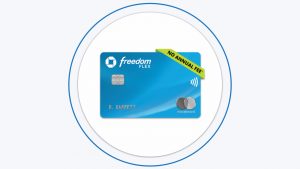
Chase Freedom Flex
